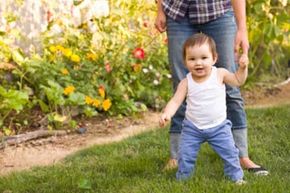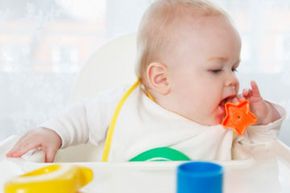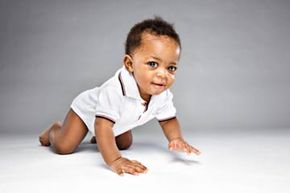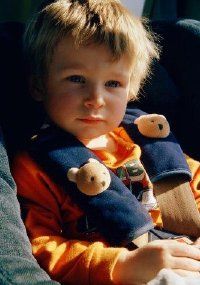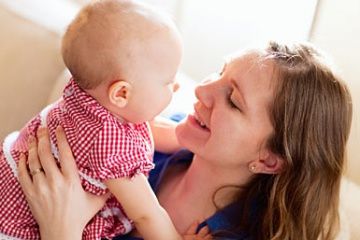Most parents want to do everything they can to help their baby learn and develop, and there is plenty they can do to help their child grow. In fact, most parents are probably already helping baby along without even realizing it. Every song sung, every word spoken, every time eye contact is made or baby gets a cuddle serves a developmental purpose, say the experts.
"Babies need more than just food to develop normally," says Meri Wallace, a child and family therapist and author of Birth Order Blues (Henry Holt & Co., May 1999) and Keys to Parenting Your Four Year Old (Barron's Educational Series, August 1997). "Everything you do that is responsive and affectionate and loving is supporting the baby's development. The baby who is not getting that, even if she is being fed and having her diaper changed regularly, is not going to thrive or develop normally."
Advertisement
During the first year, baby is developing in many ways — physically, cognitively and emotionally — but in the early months the most important aspect of baby's development is a sense of confidence and connection with his parents, says Wallace. "Children will learn how to sit up and stand and walk. That's maturation; it will happen. But building this bond and a sense of self-confidence won't happen without your help," she explains.
Of course, baby will also make great strides in his physical and cognitive development during the first year, according to Dr. Robin Chernoff, director of the Family/Behavior Clinic at Johns Hopkins Children's Center. The first year will be marked by developments in fine motor skills — picking things up, moving objects from hand to hand — and gross motor skills such as crawling and walking. Although your baby will be cooing, babbling and possibly even saying a few choice words (like mama and dada) during the first year of life, language skills don't really take off until the second year. However, you'll be laying the foundation for these skills, and others, from the day baby is born.
Just how important is your role in helping baby develop? "It's vital," says Wallace. While you probably can't speed the developmental process a great deal — baby will walk when baby is ready to walk — you can certainly slow it down by failing to help baby develop. "If you keep your baby in a crib all the time she's still going to learn to walk eventually but she may do it later than she would otherwise," says Wallace. "So we know there are things we can do to make it harder for a child to develop."
But while it's important for you to help baby develop, you don't have to constantly work at it, says Wallace. Instead of setting aside time each day, work developmental activities into your normal, everyday routine. And remember to read baby's cues — if she's turning her head away she may be overstimulated and might need a break. "Listen to your baby. When she's tired try not to stimulate her; when she wants attention give it to her. And enjoy her," says Wallace.
Click here for a timeline of developmental milestones.
Advertisement
